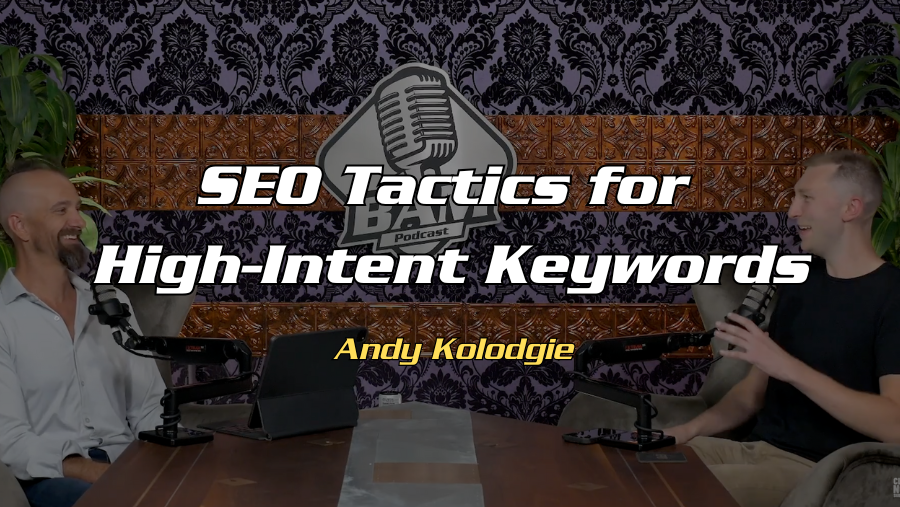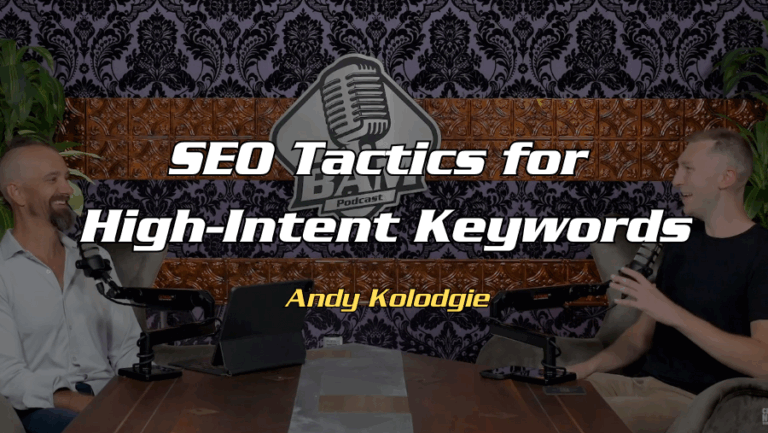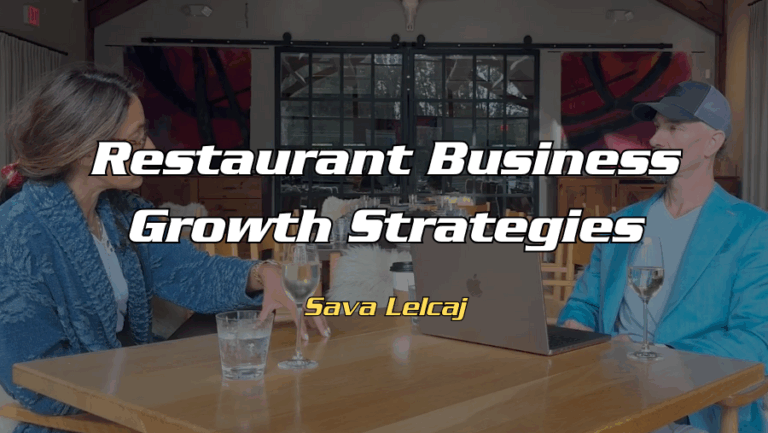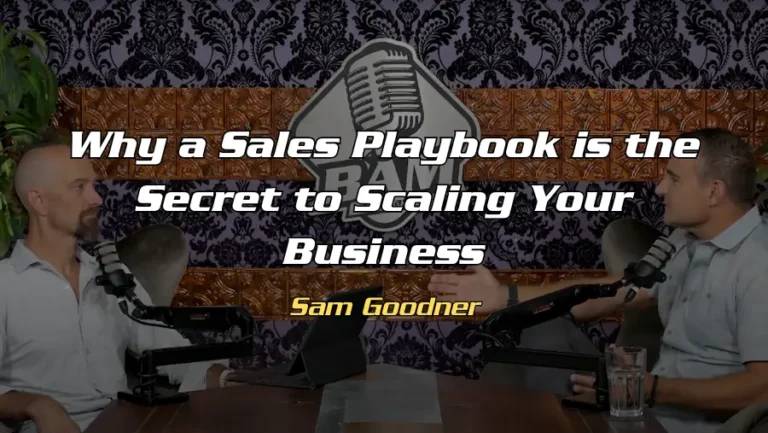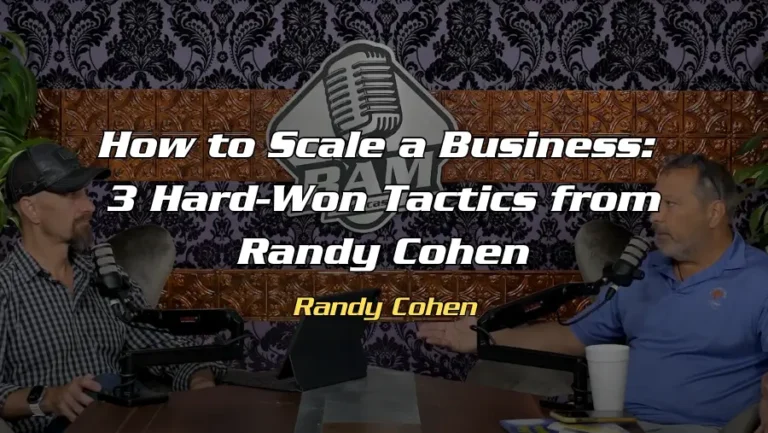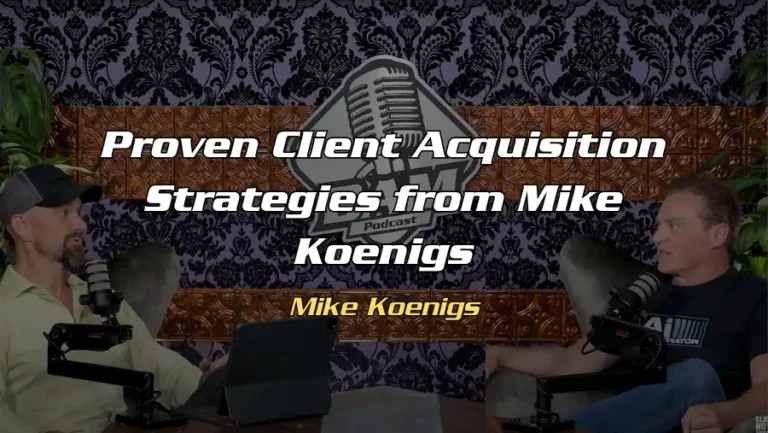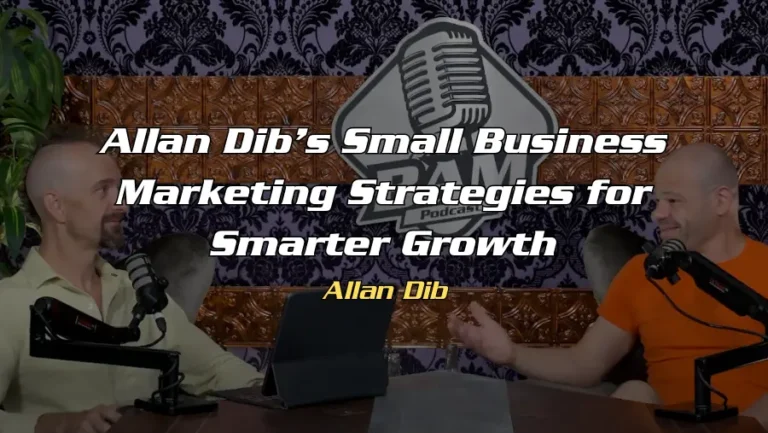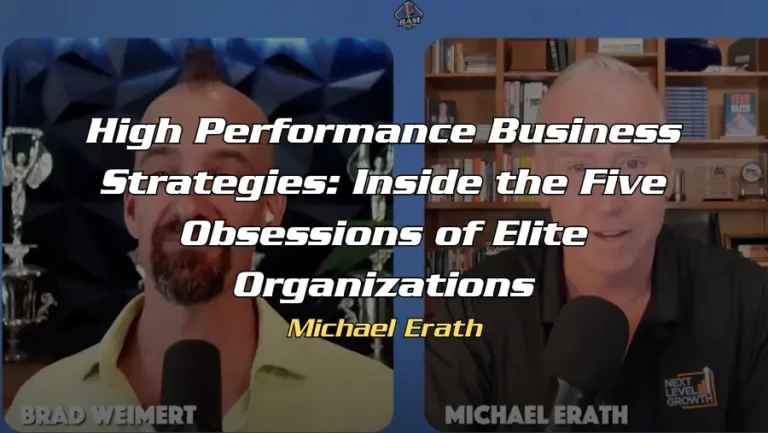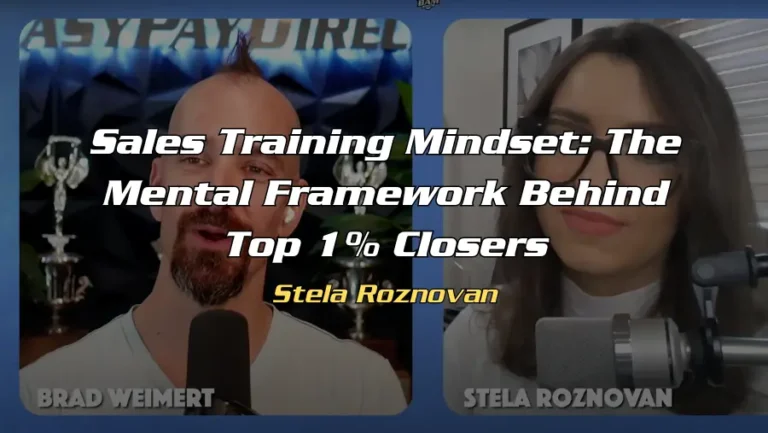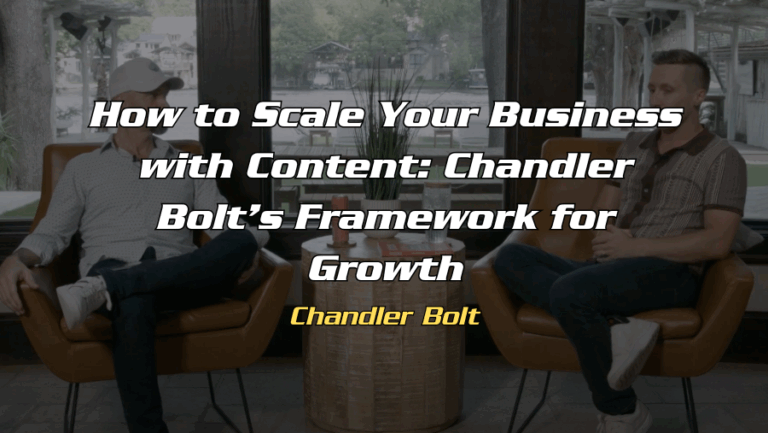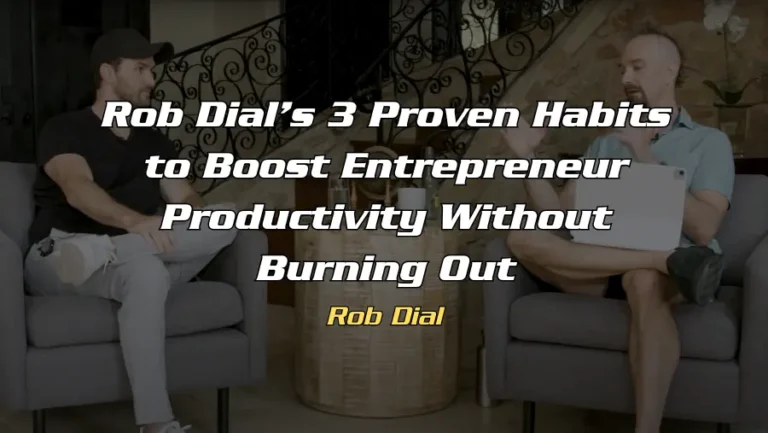Search has changed forever. Today, Google’s results pages are stacked with AI summaries, paid ads, and only then a handful of organic results. Add in the rise of ChatGPT, Gemini, and other AI-driven tools, and it’s clear: businesses can’t rely on the old SEO playbook.
That’s why understanding SEO tactics for high-intent keywords is so important. Andy Kolodgie, a seasoned entrepreneur, has uncovered strategies that cut through the noise and bring in real leads, not just clicks. His approach prioritizes visibility where it counts and focuses on the keywords that drive actual conversions.
Flood the Web with Brand Mentions to Boost SEO
Andy emphasizes that authority alone isn’t enough anymore. What matters is how much your brand gets talked about online. As he explained:
“Press releases really crush right now, lots of sites talking about your site. Doesn’t really matter the quality of the site. They just need to talk about your site, and you’ll start to show up in the tools.”
For brands looking to rank for high-intent keywords, this means shifting from obsessing over backlinks to generating buzz. The more your brand is mentioned, whether in press releases, blogs, or news outlets, the more likely you’ll appear in AI-generated results and search listings.
Brand Traffic is the Strongest SEO Signal
Most people think links and content are the foundation of SEO. Andy flips that idea, putting brand traffic first. He explained:
“The three things that matter in SEO are links, content and brand traffic. And probably in reverse order, I’d say brand traffic then content, then links. … Brand traffic meaning people searching for your brand… they don’t even have to click on your site.”
This means Google rewards brands that people already search for. If you want to win with SEO tactics for high-intent keywords, you need to create awareness outside of search, through podcasts, media features, PR, and partnerships. Every branded search strengthens your authority and helps your content rank faster.
Why High-Intent Keywords Outperform Long-Tail Searches
For years, SEO experts claimed long-tail keywords convert better. Andy’s data proves otherwise, especially in real estate and other competitive industries. He shared:
“In real estate, specifically, the short tail keywords are going to be the only thing that really performs. [A] ‘for sale by owner’ search is like 120 clicks to a lead … 40 leads to a deal … versus ‘sell my house fast’ … like five clicks to a lead … 12 or 13 leads to a deal.”
That’s the power of high-intent keywords. They capture buyers or sellers ready to act now, which means fewer clicks, fewer leads, and a much faster path to revenue. While long-tail content can generate traffic, it often brings in browsers, not buyers. If conversions are your goal, short-tail, high-intent terms should be your SEO focus.
Rethinking SEO for 2025 and Beyond
The SEO landscape in 2025 rewards brands that adapt. Andy Kolodgie’s strategies make it clear: to succeed, you need to flood the web with mentions, build brand traffic until it outshines content and links, and target high-intent keywords that drive immediate action.
SEO today isn’t about ranking for everything, it’s about ranking for what matters most. By focusing on SEO tactics for high-intent keywords, you’ll not only increase visibility but also attract the leads most likely to turn into customers.
Want more strategies like this? Subscribe to the Beyond a Million Newsletter to get tactical strategies from the top 7,8,9, and even 10 figure entrepreneurs.

